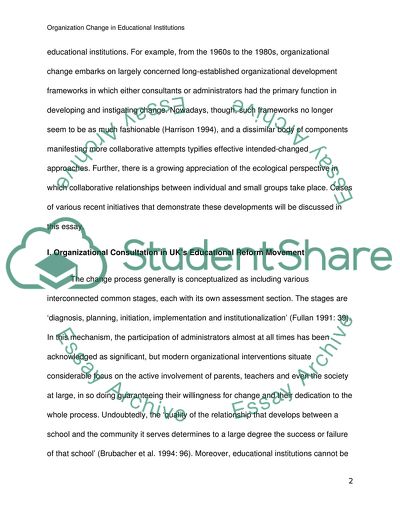Cite this document
(“Organization Change in Educational Institutions Essay - 10”, n.d.)
Organization Change in Educational Institutions Essay - 10. Retrieved from https://studentshare.org/education/1723001-essay
Organization Change in Educational Institutions Essay - 10. Retrieved from https://studentshare.org/education/1723001-essay
(Organization Change in Educational Institutions Essay - 10)
Organization Change in Educational Institutions Essay - 10. https://studentshare.org/education/1723001-essay.
Organization Change in Educational Institutions Essay - 10. https://studentshare.org/education/1723001-essay.
“Organization Change in Educational Institutions Essay - 10”, n.d. https://studentshare.org/education/1723001-essay.


